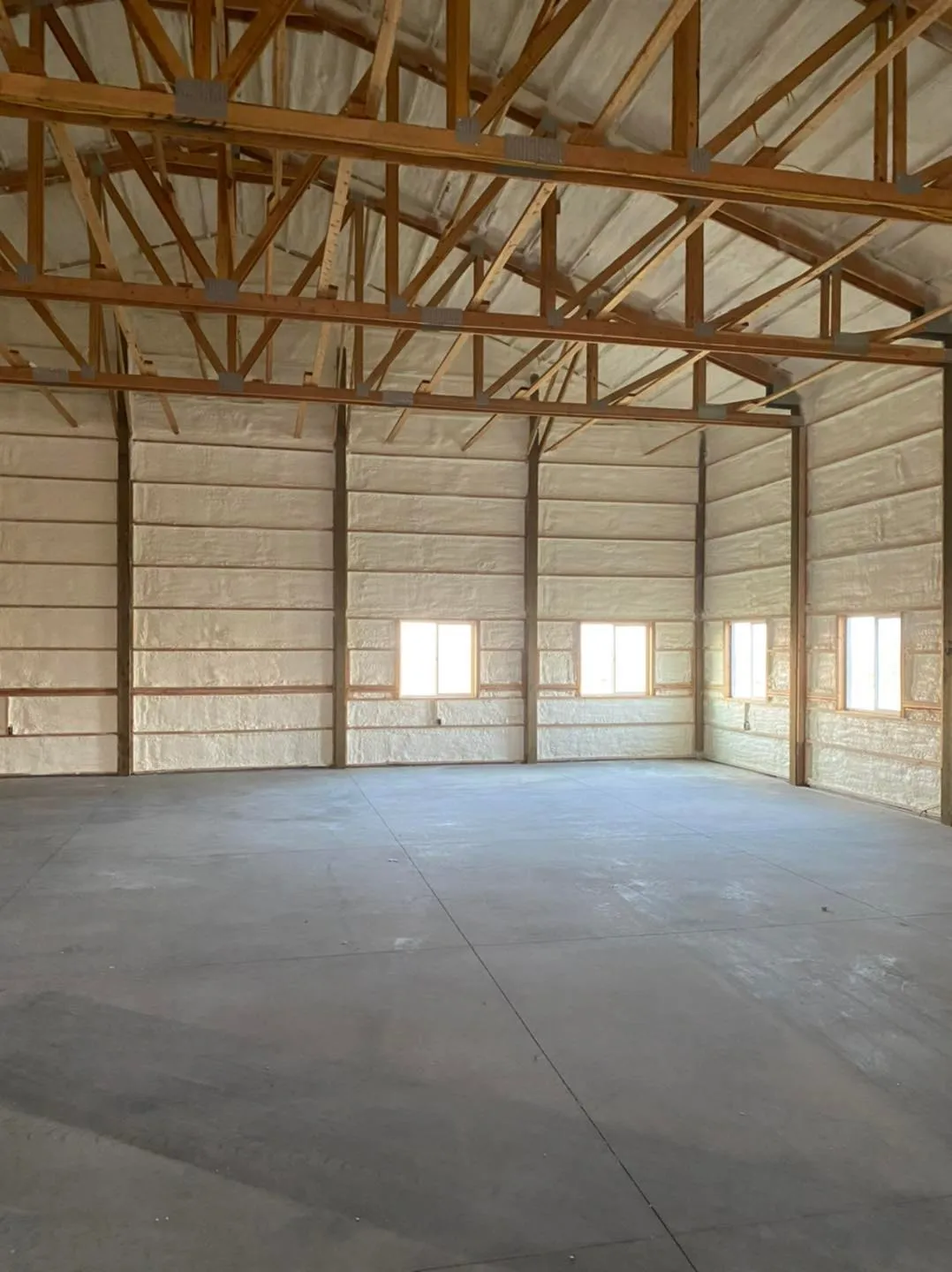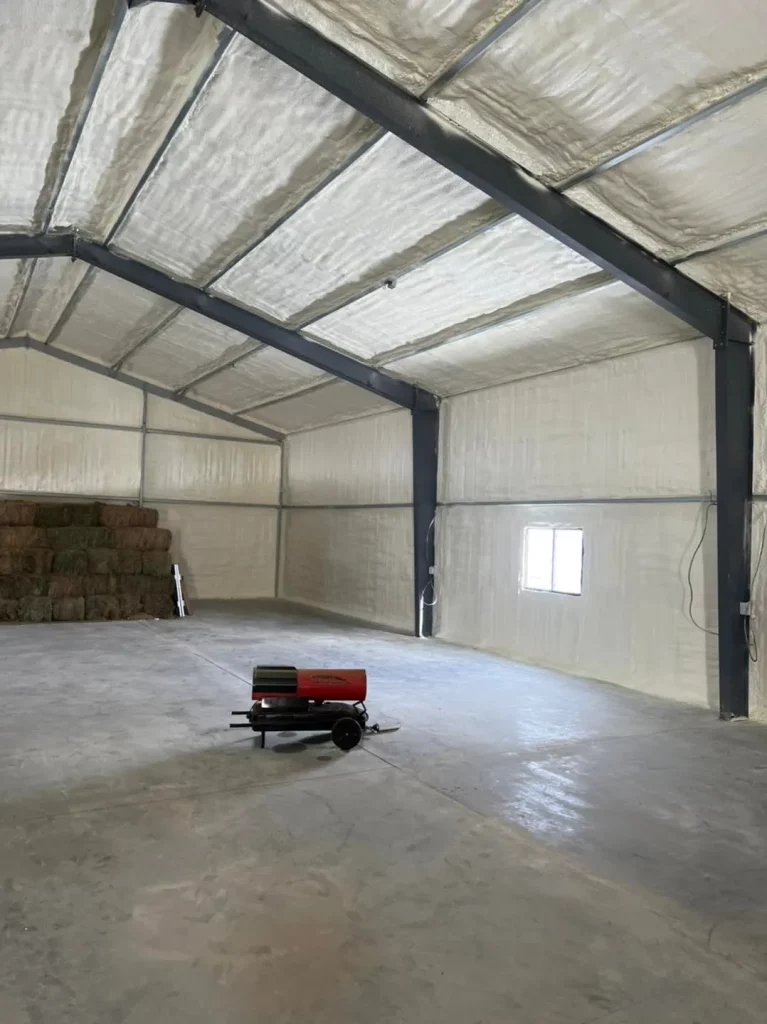
Quality insulation directly increases a property’s value in Rock Springs by lowering energy costs, improving home comfort, and demonstrating a commitment to long-term maintenance. In a climate defined by cold, windy winters, an energy-efficient home is not a luxury; it’s a primary selling point. Potential buyers and appraisers recognize that a well-insulated house translates to tangible monthly savings and a higher standard of living, making it a more attractive and valuable asset on the market.
This article details the specific ways an insulation upgrade boosts your home’s financial worth, from immediate utility savings to long-term structural protection. With years of experience addressing the unique building challenges in Wyoming, High Country Solutions has seen firsthand how this single improvement can yield significant returns. The information here is based on practical application and industry data to help you understand the full scope of this investment.
A home’s operational cost is a major factor for potential buyers. A property with documented low energy bills is far more appealing than one with a history of high heating and cooling expenses. Upgrading insulation is one of the most effective ways to reduce that operational cost. In fact, a report from the U.S. Environmental Protection Agency’s ENERGY STAR program suggests that homeowners can save an average of 15% on heating and cooling costs by air sealing their homes and adding insulation in areas like attics and crawl spaces.
When it comes time to sell, these savings become a powerful marketing tool. Lower utility bills can be presented to prospective buyers, offering proof of the home’s efficiency and lower cost of ownership. This moves the conversation from a home’s price to its overall affordability, a compelling argument in any market.
Energy-efficient upgrades are increasingly recognized by home appraisers. While an appraiser may not assign a dollar-for-dollar value increase for every improvement, they do consider features that make a home more economical and durable. A well-insulated home falls squarely into this category.
Data confirms this trend. Research published by Freddie Mac found that homes with high energy-efficiency ratings sold for 2.7% more on average than homes without such ratings. An insulation upgrade, especially when documented with details on the R-value and materials used, provides concrete evidence of an energy-efficient feature that can positively influence an appraisal.
Bonus Tip: Keep records of your insulation project, including the type of material installed and its R-value. Provide this documentation, along with a few months of pre- and post-upgrade utility bills, to the appraiser and potential buyers to clearly demonstrate the home’s enhanced efficiency.
Choosing the right material is essential for maximizing value in Rock Springs. The local climate demands insulation with high R-values and, ideally, air-sealing properties to combat wind. Different materials offer different advantages.
| Insulation Type | Typical R-Value (per inch) | Pros for Rock Springs Climate | Cons and Considerations |
|---|---|---|---|
| Open-Cell Spray Foam | R-3.5 to R-3.8 | Excellent air sealant, expands to fill irregular spaces, provides sound dampening. | It is vapor-permeable and may require a separate vapor barrier in certain applications. |
| Closed-Cell Spray Foam | R-6.0 to R-7.0 | Highest R-value, acts as an air and vapor barrier, adds structural rigidity. | Higher initial cost compared to other types. |
| Fiberglass Batts | R-3.1 to R-4.3 | Cost-effective, widely available, suitable for standard stud and joist cavities. | It can lose R-value if compressed and does not stop air movement without a separate air barrier. |
| Blown-In Cellulose | R-3.2 to R-3.8 | Fills cavities completely, made from recycled materials, good sound insulation. | It can settle over time, may require topping up after several years, and is susceptible to moisture if not properly protected. |
The U.S. Department of Energy places Rock Springs in Climate Zone 6, recommending an attic R-value between R-49 and R-60. Achieving this often requires a combination of air sealing and adding significant insulation depth, making materials like spray foam or a deep layer of blown-in insulation highly effective.
While financial returns are a primary motivator, the increase in a home’s functional quality also adds to its value. A comfortable, durable home is simply worth more.
Proper insulation eliminates the cold spots and drafts that are common in older or poorly built homes. This creates a more pleasant and consistent indoor environment year-round. This level of comfort is a subtle but powerful selling point that prospective buyers will notice during a walkthrough.
Many insulation materials also offer excellent sound-dampening qualities. By reducing the transmission of noise from outside and between rooms, insulation contributes to a quieter, more peaceful living space. This adds a sense of quality and solidity to the home.
In Wyoming, poorly insulated attics are a leading cause of ice dams. When heat escapes through the ceiling and melts snow on the roof, the water runs down and refreezes at the colder eaves, creating a dam. This can force water under shingles, leading to rot, mold, and serious structural damage. Proper attic insulation keeps the roof deck cold, preventing this cycle from starting.
Some insulation types, particularly closed-cell spray foam, also act as a vapor barrier. This prevents moisture-laden indoor air from reaching cold surfaces inside walls or roof assemblies where it could condense. By controlling moisture, you protect the home’s framing from mold and decay, a critical factor for long-term value and passing a home inspection.
Bonus Tip: When upgrading attic insulation, be sure to also air seal any penetrations like light fixtures, plumbing stacks, and attic hatches. This simple step stops the majority of warm, moist air from escaping into the attic, which is the root cause of many moisture-related problems.

Before investing in new insulation, a few key factors should be evaluated to ensure the best possible outcome.
Upgrading your home’s insulation in Rock Spring is a strategic investment that delivers on multiple fronts. It provides immediate benefits in the form of lower energy bills and improved comfort. In the long run, it protects the building’s structure and results in a higher, more defensible property value. A well-planned insulation project is one of the most reliable home improvements for generating a positive return.
For a detailed assessment tailored to your property, consulting with professionals is the best next step. An expert can help identify problem areas and recommend the most effective solutions for the local climate. To discuss your specific needs and explore your options, you can get in touch with High Country Solutions by sending an email to [email protected] or by calling (307) 248-9063 for more information.
R-value measures an insulation’s resistance to heat flow. The higher the R-value, the better it insulates. In a cold climate like Wyoming’s, a high R-value is necessary to keep heated air inside during the long winters, directly affecting comfort and energy bills.
The lifespan of insulation depends on the material. Fiberglass, cellulose, and spray foam can last for the life of the home if they are not damaged by moisture, pests, or physical disturbance. Blown-in materials may settle over decades and require a top-up to restore their original R-value.
While you can’t have too high of an R-value, you can make a house too airtight without providing proper ventilation. A tightly sealed home may require a mechanical ventilation system to ensure fresh air exchange and prevent the buildup of indoor air pollutants.
Yes, energy-efficient upgrades are a feature that appraisers can and do consider. It is helpful to provide documentation of the work done, including the insulation type, R-value, and cost, to ensure it is factored into the valuation.
The payback period varies based on the scope of the project, the home’s initial condition, and energy costs. However, many insulation projects have a relatively short payback period due to immediate and significant reductions in monthly heating bills.
For most existing homes, attic insulation is the most cost-effective place to start. Because heat rises, an under-insulated attic is a major source of energy loss. Wall insulation is also important but can be more complex and costly to retrofit.
While most buyers won’t be insulation experts, they understand concepts like energy efficiency and comfort. High-performance insulation like spray foam, which provides superior air sealing, can be a notable selling feature that distinguishes your property from others.